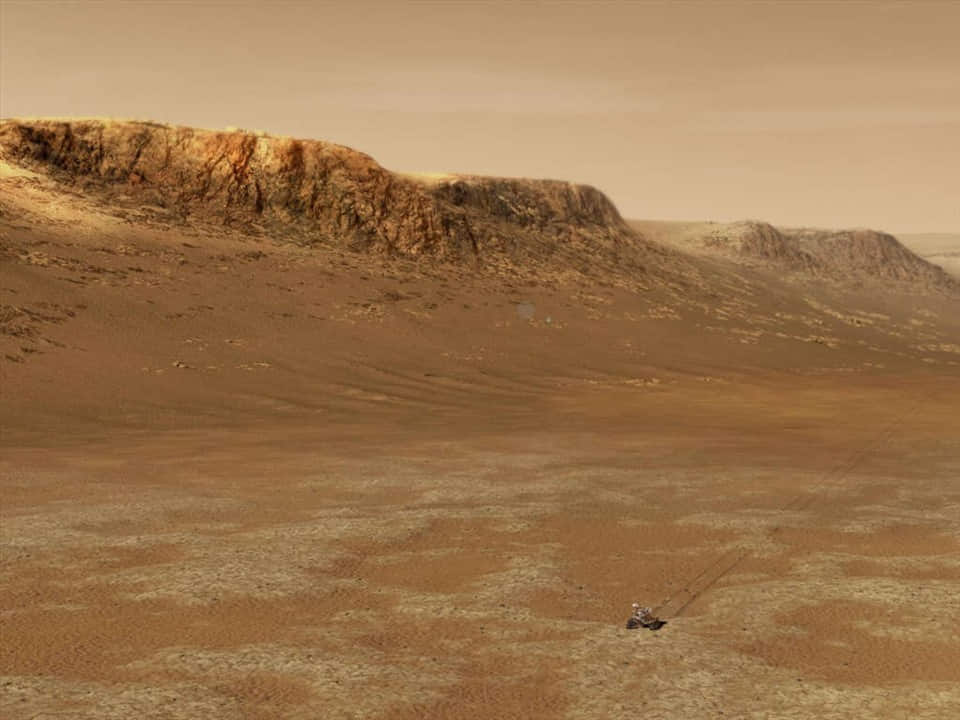A strange treasure left an Australian man helpless when he used a stone saw, drill, sledgehammer, acid… still couldn’t break it, so he decided to bring it to scientists and was completely shocked.
According to Science Alert, David Hole found a heavy, red rock mixed with a little yellow clay when using a metal detector to scan in Maryborough Regional Park near Melbourne – Australia.

He brought it back and eagerly opened the rock, convinced that it must contain gold inside. But despite all kinds of tools and even acid, the rock remained inert. Full of skepticism about the strange phenomenon, he brought it to scientists after many years of storage.
In research just published in the Proceedings of the Royal Society of Victoria, scientists said it is a treasure from the dawn of the solar system. It is even older than Earth: 4.6 billion years old.
Geologist Bill Brich from the Melbourne Museum explained to The Syney Morning Herald that this rock is much heavier than similar rocks on Earth.

They had to use a diamond saw to cut a small slice of this cosmic treasure, discovering it contained a high percentage of iron, as well as tiny droplets of metallic minerals crystallized throughout it.
The treasure is expected to help scientists “go back in time”, finding clues about the formation and chemical composition of the early solar system.
Although it is not yet confirmed where the meteorite came from and when it landed on Earth, scientists guess that it belonged to the asteroid belt between present-day Mars and Jupiter, shot away in a fierce planetary collision billions of years ago.
Results of radiocarbon dating of surrounding materials show that it may have landed 100-1,000 years ago.

This is one of only 17 meteorites ever recorded in the Australian state of Victoria and is the second most massive meteorite after another giant specimen, weighing 55 kg, was identified in 2003.
Meteorites from the dawn of the solar system are what scientists around the world are chasing, a huge expense to find. NASA and JAXA (the space agencies of the US and Japan) have spent hundreds of millions of dollars to fly to ancient asteroids, take samples and bring them back in the hope of finding eternal questions about the origin of the Earth. The land and our own.





